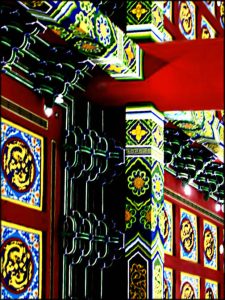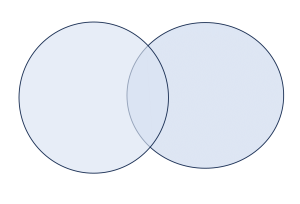The objective of a literature review
Questions to Consider
B. In some fields or contexts, a literature review is referred to as the introduction or the background; why is this true, and does it matter?
The elements of a literature review
• The first step in scholarly research is determining the “state of the art” on a topic. This is accomplished by gathering academic research and making sense of it.
• The academic literature can be found in scholarly books and journals; the goal is to discover recurring themes, find the latest data, and identify any missing pieces.
• The resulting literature review organizes the research in such a way that tells a story about the topic or issue.
The literature review tells a story in which one well-paraphrased summary from a relevant source contributes to and connects with the next in a logical manner, developing and fulfilling the message of the author. It includes analysis of the arguments from the literature, as well as revealing consistent and inconsistent findings. How do varying author insights differ from or conform to previous arguments?
 A literature review can be a stand-alone work (often called a “review article”) or it can be one part of a more substantial research paper. The focus of a literature review is to summarize and synthesize other authors’ arguments and ideas (with only moderate contribution from the author of the review). Research papers, however, are larger undertakings. Since the objective of a research paper is to develop a new perspective on a topic, these papers contain literature reviews to offer an explanation – to in fact tell the backstory – of the research issue. When students conduct their own original research (for a capstone paper, thesis, or dissertation), they write the literature review before proposing their own research questions, designing a methodology, and implementing out their own study (perhaps a survey, focus group, or content analysis). Literature reviews are crucial to the foundation of a more complex investigation.
A literature review can be a stand-alone work (often called a “review article”) or it can be one part of a more substantial research paper. The focus of a literature review is to summarize and synthesize other authors’ arguments and ideas (with only moderate contribution from the author of the review). Research papers, however, are larger undertakings. Since the objective of a research paper is to develop a new perspective on a topic, these papers contain literature reviews to offer an explanation – to in fact tell the backstory – of the research issue. When students conduct their own original research (for a capstone paper, thesis, or dissertation), they write the literature review before proposing their own research questions, designing a methodology, and implementing out their own study (perhaps a survey, focus group, or content analysis). Literature reviews are crucial to the foundation of a more complex investigation.
Language in Action
A. How are the terms “critique” and “review” used in everyday life? How are they used in an academic context?
B. In a Venn Diagram with “critique” as the label for the left circle and “review” the label on the right, what information would fill the overlapping area in the center?
In terms of content, a literature review is intended to:
• Set up a theoretical framework for further research
• Show a clear understanding of the key concepts/studies/models related to the topic
• Demonstrate knowledge about the history of the research area and any related controversies
• Clarify significant definitions and terminology
• Develop a space in the existing work for new research
The literature consists of the published works that document a scholarly conversation or progression on a problem or topic in a field of study. Among these are documents that explain the background and show the loose ends in the established research on which a proposed project is based. Although a literature review focuses on primary, peer -reviewed resources, it may begin with background subject information generally found in secondary and tertiary sources such as books and encyclopedias. Following that essential overview, the seminal literature of the field is explored. As a result, while a literature review may consist of research articles tightly focused on a topic with secondary and tertiary sources used more sparingly, all three types of information (primary, secondary, tertiary) are critical.
The literature review, often referred to as the Background or Introduction to a research paper that presents methods, materials, results and discussion, exists in every field and serves many functions in research writing.
Adapted from Frederiksen, L., & Phelps, S. F. (2017). Literature Reviews for Education and Nursing Graduate Students. Open Textbook Library
Review and Reinforce
Two common approaches are simply outlined here. Which seems more common? Which more productive? Why?
A. Forward exploration
1. Sources on a topic or problem are gathered.
2. Salient themes are discovered.
3. Research gaps are considered for future research.
B. Backward exploration
1. Sources pertaining to an existing research project are gathered.
2. The justification of the research project’s methods or materials are explained and supported based on previously documented research.
Media Attributions
- 2589960988_3eeca91ba4_o © Untitled blue is licensed under a CC BY (Attribution) license
- venn

